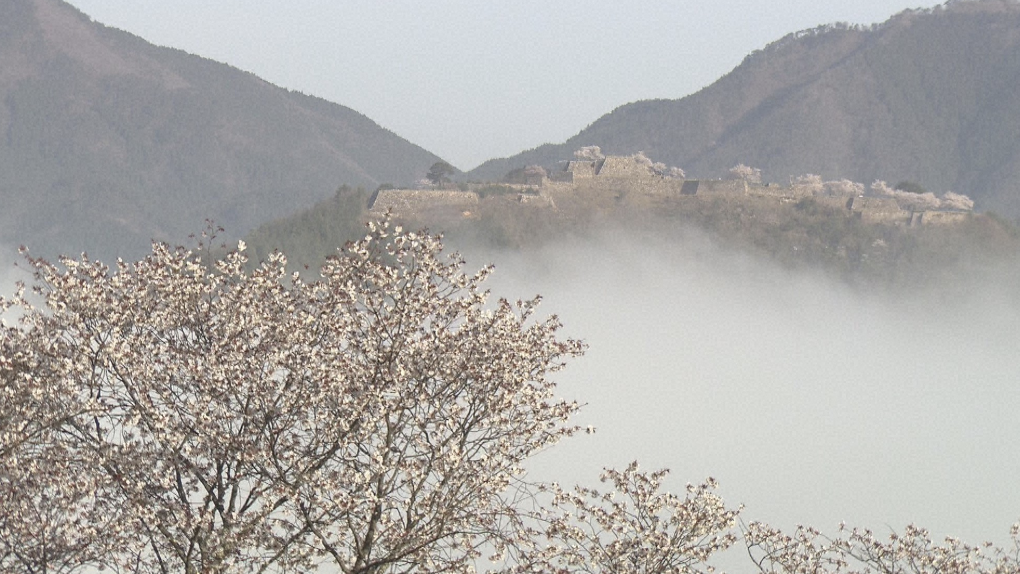DOCUMENTARY

Castle in the Sky and Granddad's Cherry Tree
DOCUMENTARY
2021
60 minutes Episode(s): 1
english
Japanese


The Takeda Castle ruins in Asago City are known as the “Castle in the Sky” as they are located on a mountain top and look to be floating in the sky. Wild cherry trees growing on the mountain slope are another symbol of the city. The trees, preserved over generations, have bloomed every spring for over 1000 years.
This documentary follows a group of elders who maintain the trees to hand them down to future generations. When one of the group passes away, fellow members plant a tree with his family to also preserve his memory forever.
Customers who watch this video also watch
-
Shiretoko Peninsula
 2002 2002 New York Festival Awards. Nature and Wildlife Documentary: Silver Medal Into the Sea of Okhotsk, off the northern Japan’s island of Hokkaido, protrudes the Shiretoko Peninsula. The severe nature of the peninsula deters human intrusion and development. With no roads reaching the edge of the peninsula, it seems more...more details
2002 2002 New York Festival Awards. Nature and Wildlife Documentary: Silver Medal Into the Sea of Okhotsk, off the northern Japan’s island of Hokkaido, protrudes the Shiretoko Peninsula. The severe nature of the peninsula deters human intrusion and development. With no roads reaching the edge of the peninsula, it seems more...more details -
Omanto Festival -Land on This Horse-
2018 30 mins[Festivals of Japan Season 2] The Omanto Festival of Aichi Prefecture is a much-loved festival passed down since the Edo period. The highlight of this festival is held at a circular run where young men display their courage by jumping onto horses traveling at 40 km/hour. The locals of this...more details -
ENGAWA 1 & 2
 2010 Grand Prize at NAB Awards 2010. Japan has a large population that is aging rapidly. A Japanese woman's average life span is 86 years old, which has been at the top of the world record for 25 years. This documentary shows the life of four sisters whose average age is...more details
2010 Grand Prize at NAB Awards 2010. Japan has a large population that is aging rapidly. A Japanese woman's average life span is 86 years old, which has been at the top of the world record for 25 years. This documentary shows the life of four sisters whose average age is...more details -
Prayer of the Tenshudo Nagasaki city, Nagasaki Pref.
2014 30minsTenshudo (House of the Lord) is the oldest Roman Catholic church in Japan. Its picturesque location surrounded by beautiful nature is known as a tourist spot in Nagasaki city. The church has been a witness of cultural exchanges with western countries and religious history for more than 450 years. This...more details



